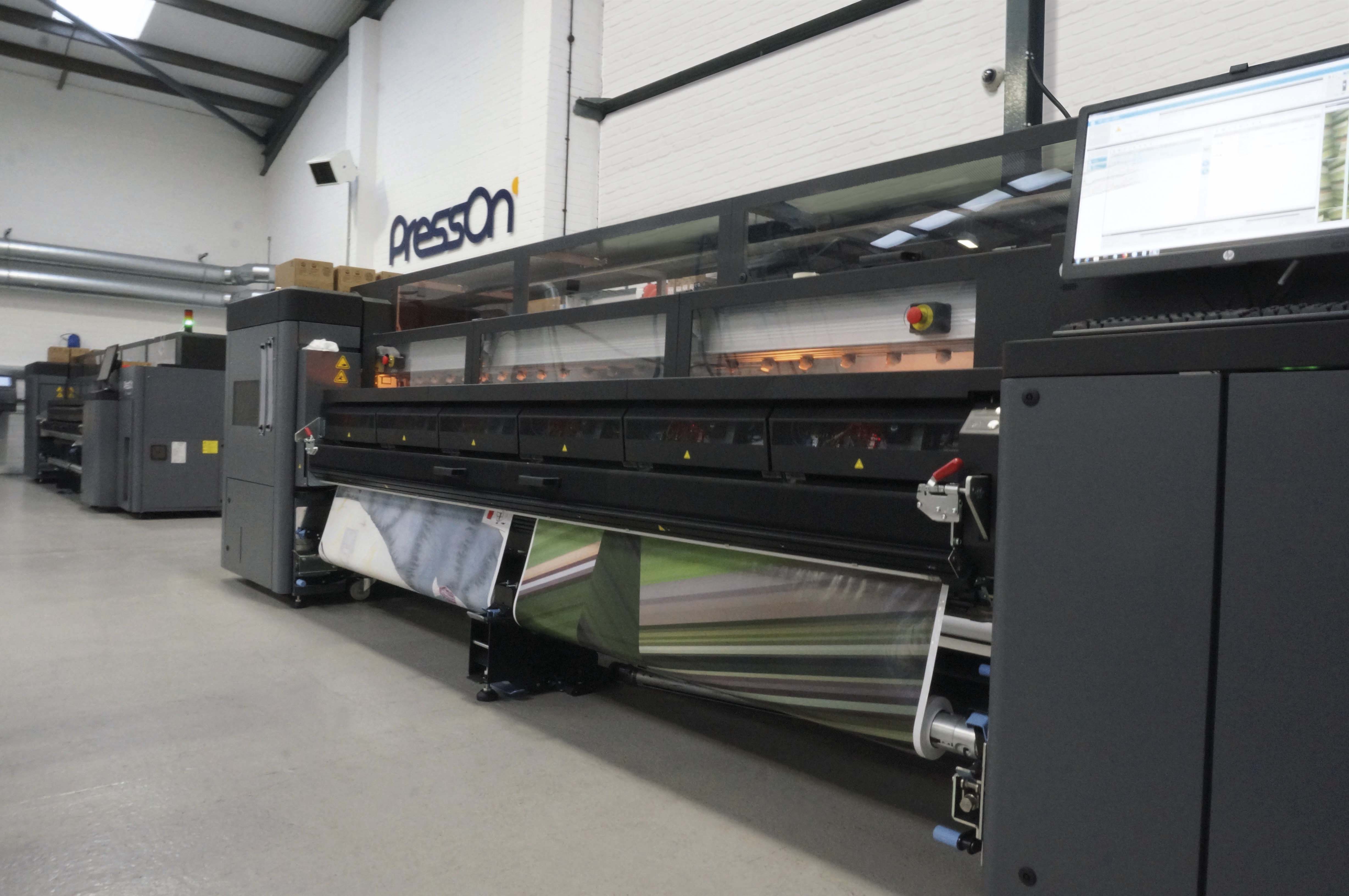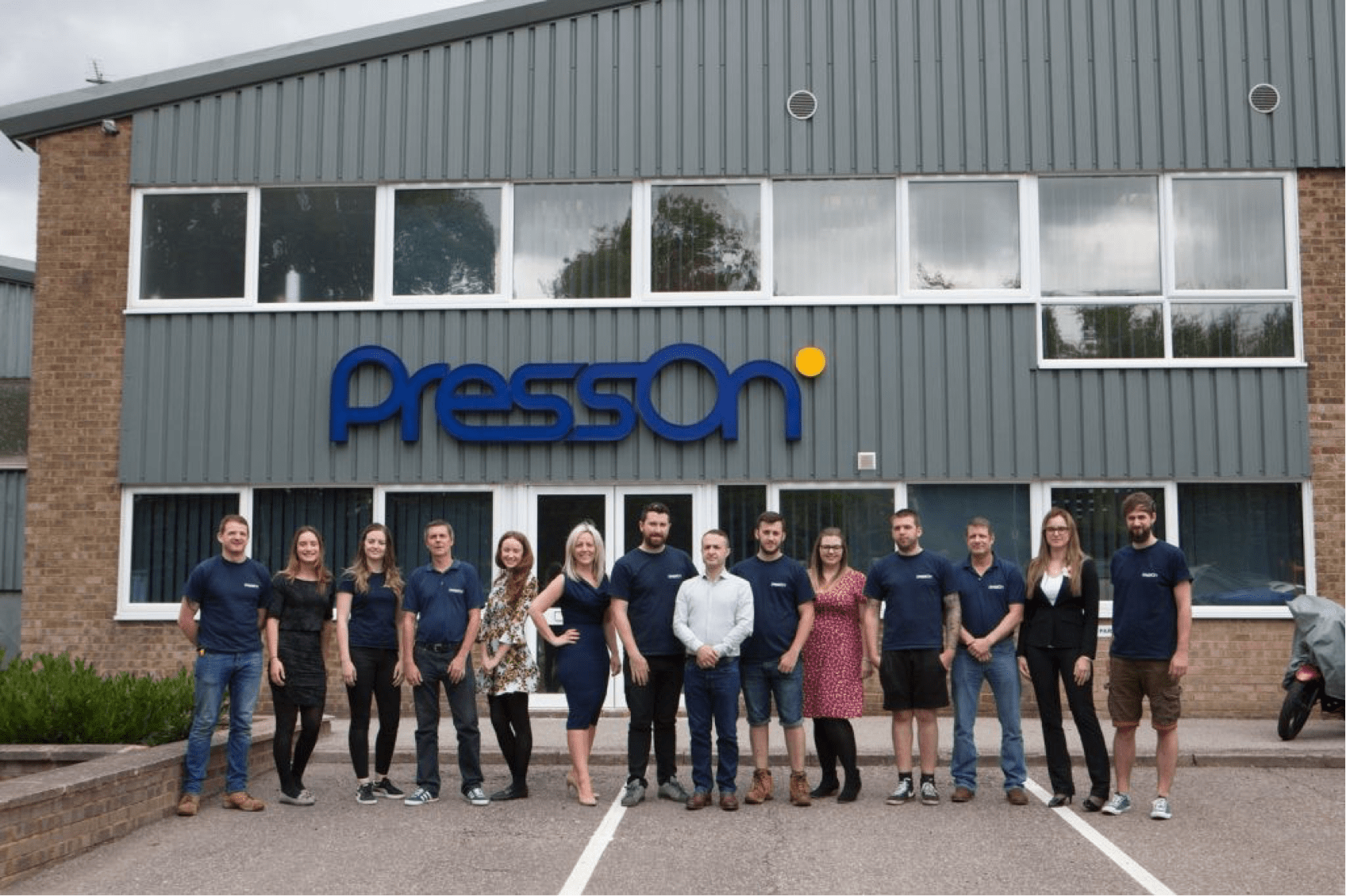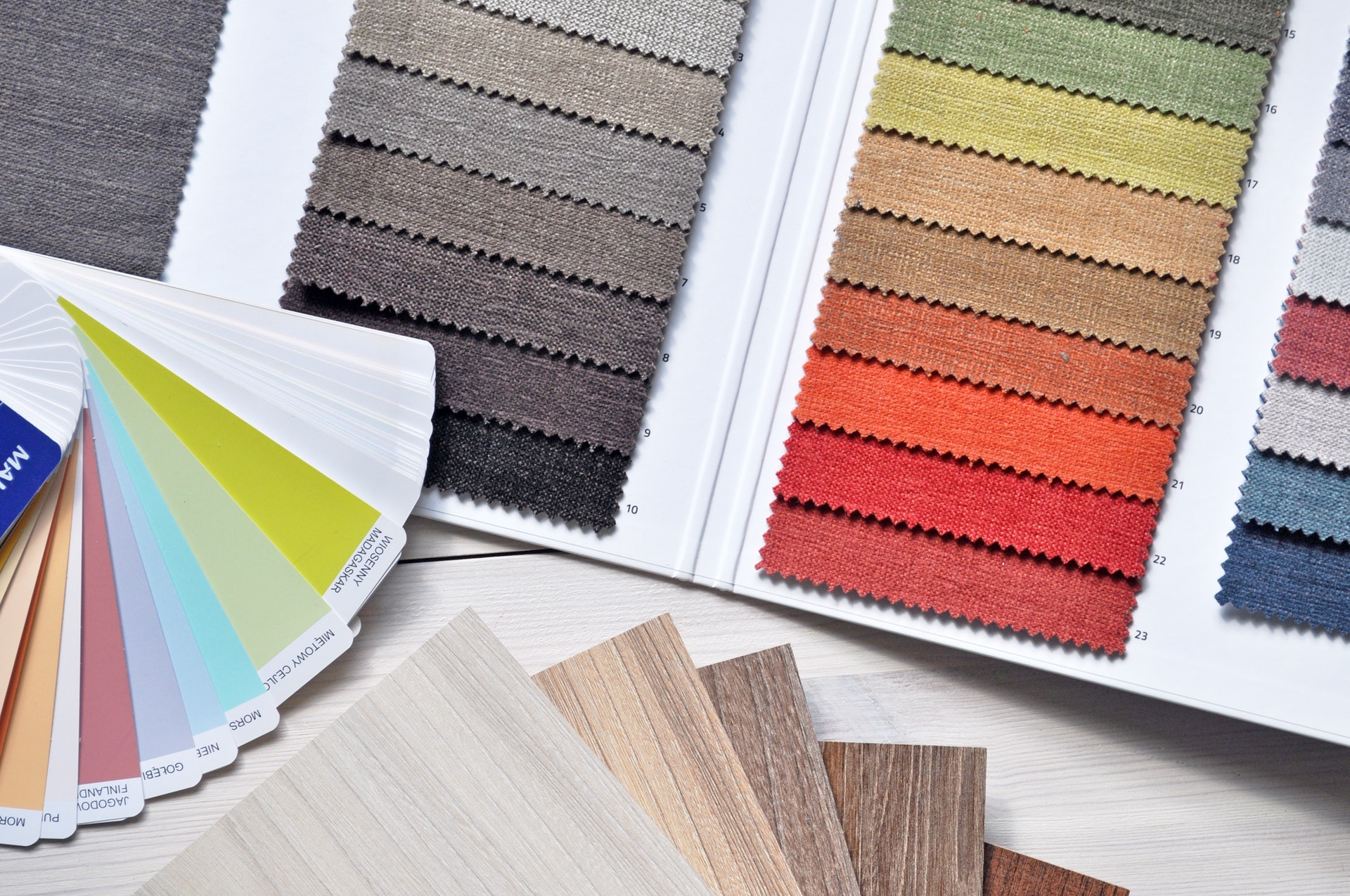Looking for some advice?
Despite the ongoing challenges presented by Covid19, we’re here to help. If you’re working on a large format project, and have any questions, please get in touch via our contact form – our expert project managers are on hand to answer any of your questions.
Large format printing is a part of almost everyone’s daily life – though we may not even realise it. As we walk around our cities, towns, or even the countryside, we’re exposed to examples of large format printing everywhere: billboards, advertisements on taxis and buses, graphics on construction site hoardings. The list goes on.
But what actually is large format printing? How does it work, what is involved in the process, and why does it matter to advertisers, marketers and brands? In this post, we thought we’d shed some light on the basics of the industry in which we operate – and answer some simple questions that you may have:
What is Wide Format Printing?
Wide format printing is, essentially, the printing of large graphics or designs onto large rolls of paper (or other materials). It requires the use of specialist equipment, and much larger printers than standard commercial units. In general, ‘wide format printers’ are to considered to be those with a max width of 18-100 inches.
Still a relatively new development in the printing industry, wide format printing in the way we understand it today has existed in this form for around the past 25 years. As technology has evolved, the number of different inks, substrates (that material that gets printed onto) and printers available have expanded dramatically.
The advent of digital technology, and the development of software and tools such as AI and cloud-based computing have also made wide format printing more accessible and productive than ever before. It’s now possible to control printers remotely, and set them to run and operate overnight – newer models can even report their own faults.
Revelations such as these have redefined how large format printing can be used, and the scale at which it can operate. It’s not surprising, then, that the use of wide format printed graphics has increased so significantly.
What is large format printing used for?
This can vary from supplier to supplier, but in general, wide format printing is used to produce large graphics for marketing, branding, and advertising purposes. These can take many forms, but things such as construction site hoarding graphics, fleet and vehicle vinyl wraps, and printed retail graphics and displays tend to be some of the most common uses for the format.
For the most part, these kinds of adverts – particularly those that fall into the category of ‘outdoor advertising’ are intended to be displayed in front of a large number of people, and will be viewed from a distance. For this reason, large graphics are required, and it would be somewhat impractical to ‘stitch’ together a large number of small graphics.
How much does large format printing cost?
Typically, it can be difficult to accurately predict the cost of a large format printing project, as there are so many variables at play. The size of the graphics, the materials being used to produce them and the substrates, the turnaround time required – all of these things can influence the cost of a large format printing project significantly.
On the whole, some standard variables apply – i.e, the more you want printed, the more expensive the material, and the faster you need the product, the more it’s going to cost. As ‘large format’ is a fairly relative term, one project for a single piece of retail signage will likely cost a much lower amount than something like a hoarding graphic project for a large construction site.
This can understandably frustrate those who want to plan ahead with their budgeting, or do some early research for their marketing efforts. But it’s not all bad news. Providing you have some basic details of the printing you’ll need, including a rough estimate for size, materials, and time, large format print suppliers will usually be able to offer you a ballpark quote.
In fact, to save you even more time and effort, PressOn have taken this one step further. We’ve built a ballpark calculator, to help you quickly and easily figure out the rough costs of a large format printing project for a variety of different product types. Simply select what you’d like from the user-friendly interface and the calculator will provide you with a rough estimate.
Who provides large format printing?
When it comes to actually purchasing large format printing, this will usually be provided by a specialist printing firm or supplier. While some larger companies and businesses may have their own in house printing departments, for particularly large-scale projects almost all enterprises will seek the services of a third party.
This is because the size of the printers, the equipment required, and the diverse range of skills and expertise needed to execute a sizeable project are out of the reach of most in-house operations. While these will be fine for the kind of mass-produced, smaller-scale productions such as events signage or large numbers of posters or banners, the production and installation of things such as vehicle wraps will usually require the input of a dedicated SME such as PressOn.
Why should brands use large format printing?
Put simply, brands should make use of large format printing because it offers one of the most effective ways to market a product or service, through outdoor advertising and other forms of OOH (out of home) marketing in key areas of pedestrian and vehicle traffic.
The active benefits of the different types of large format printing will depend on the products themselves, but on the whole, outdoor advertising remains one of the most bountiful forms of marketing, particularly in terms of ROI. When you examine the stats of how impactful out of home advertising is as a medium, a compelling picture forms:
- People see outdoor ads – a lot: Per capita worldwide, people are each exposed to out of home advertising for a total of over 1 hour every week
- Outdoor ads stand out: Aside from television, over 50% of U.S consumers stated that outdoor ads stood out more than ads in all other media
- Moree competitors are using it then ever: Outdoor remains one of the largest marketing industries, and it continues to grow, rising from £253 million in Q1 2017 to £267 million in Q1 2018.
What kinds of materials can be used for large format printing?
When it comes to the actual production of large format graphics, there are all kinds of exciting materials that can act as substrates. These range from paper, to vinyl, and even things like metal or fabrics. These different materials can serve a wide variety of different purposes, and provide a range of aesthetic and practical benefits.
Usually, substrates are selected for their particular suitability to the needs of a specific project. Retail graphics, for instance, might utilise a slightly less durable (and therefore more affordable) vinyl than outdoor hoarding graphics or vehicle graphics. Similarly, graphics that are intended to be placed in city centres might use an ‘anti graffiti’ vinyl to deter would-be vandals from ruining the visual impact of the structures.
Substrates broadly fall into two categories – those that are rigid, and need to be fed into a printer flat (such as a metal sheet) and those that are fed on a roll (such as vinyl). Not all suppliers will be able to offer all substrates, but a few of the most common examples include:
Paper
Paper is so adaptable and widely available that it’s little surprise it remains one of the most popular large format printing substrates. With that said, while it may be cheap and easy to get hold of, it isn’t exactly the most durable material, and for outdoor or long-term installations, it isn’t the go-to choice.
Vinyl
For outdoor and long-term installations, vinyl is the go-to choice. Vinyl is extremely flexible, easy to cut and shape, and comes in a wide variety of different finishes, from matte to gloss and even reflective mirror vinyl. This is the material used on many outdoor advertising products (as well as things such as vehicle wraps) due to its affordability and versatility, and is often adhered to a rigid background for support and added durability.
Fabrics and textiles
With the arrival of new large format installations such as tension fabric frames, it’s not surprising to see an increasing number of wide format print suppliers offering prints on fabric. These substrates can serve a wide variety of purposes, from simple frames to acoustic treatment panels.
Wood, metal and other rigid substrates
Wide format print suppliers with specialist equipment are able to print on solid and rigid materials such as aluminium or wood, and while this may not be anywhere near as common as something like vinyl, it means large format printing can be used for all kinds of unusual projects, such as art or photography exhibitions.
—
If you’d like to know more about large format printing, or if you have a project in mind that you’d like to discuss with us, don’t hesitate to get in touch! Simply fill in the form on our contact us page, and we’ll get back to you in no time at all.





